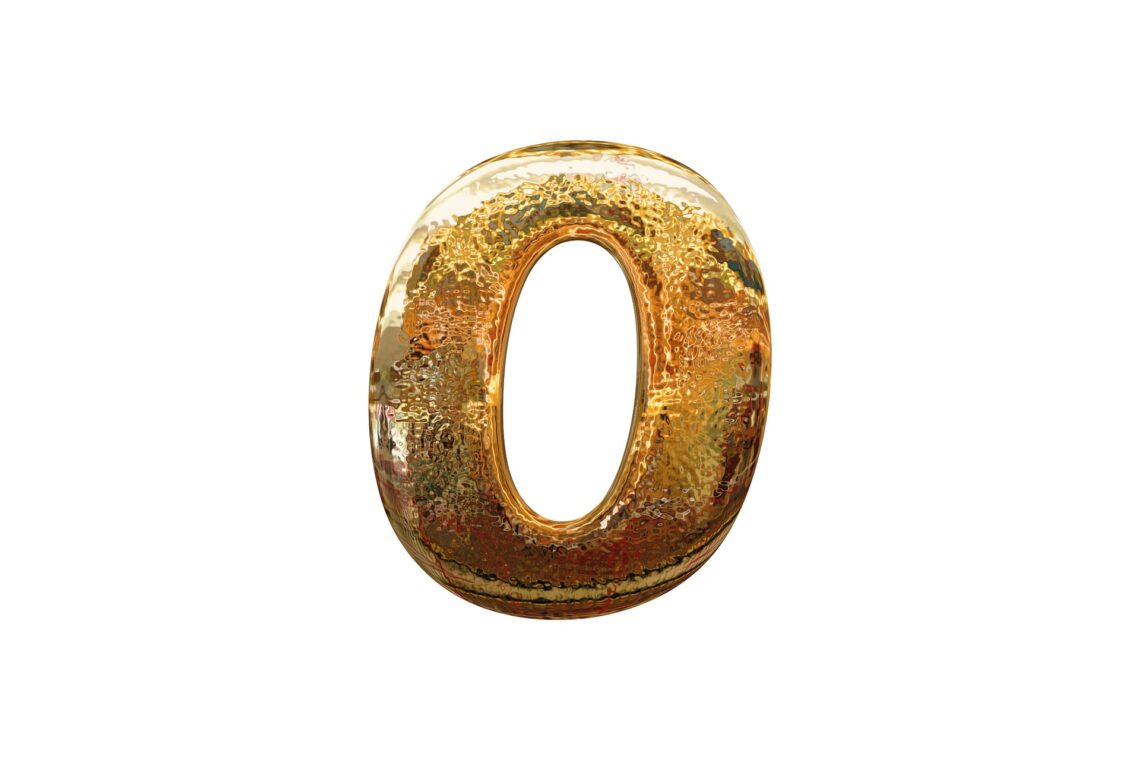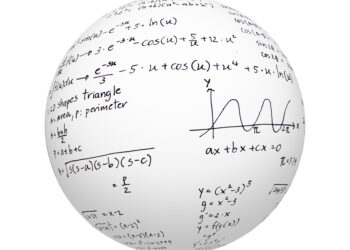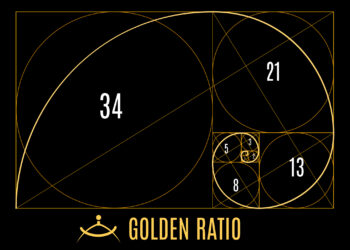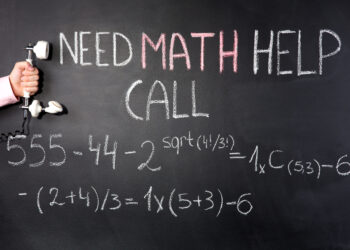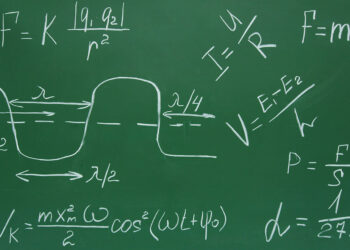Is Zero a Useful Number?
There is no doubt about the usefulness of zero. It would be difficult to imagine negative numbers without zero. OK, it is useful but is it really a number? It acts as a place marker to say nothing is there. It really helps when writing numbers, just like the comma. Take the numbers 1,124 and 1,024 for example. When you say them aloud, you say ‘One thousand, one hundred and twenty four’ and ‘One thousand and twenty four’. Saying ‘Zero hundred’ would not add any information to 1,024. Zero is a place marker to tell you that there are not any hundred units in the number 1024. There is 1 x thousand unit, 2 x ten units and 4 x 1 units.
If the primary function of numbers is to count, it could be argued that zero is not really a number as you cannot count zero of anything because there is nothing to count. That is probably going too far, but it is at least fair to say that it is a very special number and unlike the other numbers.
Common Era and Zero
Scientists tend to use BCE (Before Common Era) and CE (Common Era) instead of BC (Before Christ) and AD (Anno Domino). So we know when the years 1 BCE and 1 CE happened but what happened to the year 0? We know where zero is on the number line but when was the year 0? It is not on the Roman calendar. Maybe this is why a person’s age was calculated in Korea as starting at 1 when she was born. This was officially changed to the international system in June 2023.
The past no longer exists. The future has yet to happen. The present is the border between the past and the future. It’s like zero, which is the border between negative and positive numbers. It is the start for counting, the origin.
Zero Usefulness in Mathematical Operations
So adding zero to a number leaves it the same. This sounds sensible. Multiplying a number by zero leaves us with zero. Supposing you have 2 apples and you add 2 more and then add 2 more, you will end up with 6 apples. This is the same as multiplying 2 apples by 3. This makes sense. However if you have 4 apples and you add 4 apples zero times, you still end up with 4 apples. So zero is a bit awkward with multiplication. Of course, multiplying 4 by 0 is interpreted as adding 4 to 0, 0 times giving 0. It seems more a convenience that multiplying by zero results in zero. As mathematics is a system, the operation of multiplication by zero can be defined as required by the system designers. Try dividing by zero and it is clear that zero does not have any usefulness for division.
Zero to the Power of Zero
00 is either 1 or undefined. It helps with some theorems for 00 to equal 1. Now, 01 is 0. So 01 < 00. Yes, this is a bit hard to understand.
What is 01/2? It is √0 = 0. That is OK as 0 x 0 = 0.
How about 0-1? That is 0/01 = 0/0. The answer is not defined. You might think that the answer is infinity. It can’t be because infinity is not a real number. Maybe zero is not a real number as well.
Mathematical Proofs
I have been suspicious of the way zero facilitates proofs. The proof that the product of two negative real numbers is a positive real number uses zero as follows:
Given two positive real numbers a, b:
a – a = 0
(a – a)-b = (0 x –b) Multiply by – b. Note use of 0 on RHS
(a x –b) + (-a x –b) = 0
We know that (a x –b) = -(a x b)
-(a x b) + (-a x –b) = 0
-a x –b = a x b
The proof uses a clever mechanism with zero to introduce the term –b on the LHS without changing the RHS. However, if zero is not a true number, is this just a trick? There is no doubt of the usefulness of zero, but is this an abuse of zero?
This contrasts to the logic used by a student teacher in a study in 2009 when he said ‘I would show them that two minus signs can make a plus if you take one minus and put it crosswise over the other one.’
The Number Line
When Descartes designed Cartesian coordinates and the co-ordinate geometry system, he did not have any negative numbers on his x and y-axes- link. He used zero as the start point on each axis. Zero was the origin, the point where the two axes met. Someone had to ask what was left and below the origin.
This is where negative numbers are located. The main feature of the numbers left of the origin is the sense of direction. If you go right a certain number of units from the origin and then go left the same number of units, you end up at the origin. Equal amounts cancel each other out.
The nature of numbers either side of the origin is that equal amounts cancel each other out, just like waves. It is time to develop a system of numbers based on this fundamental feature. It is time to say no to negatives.
